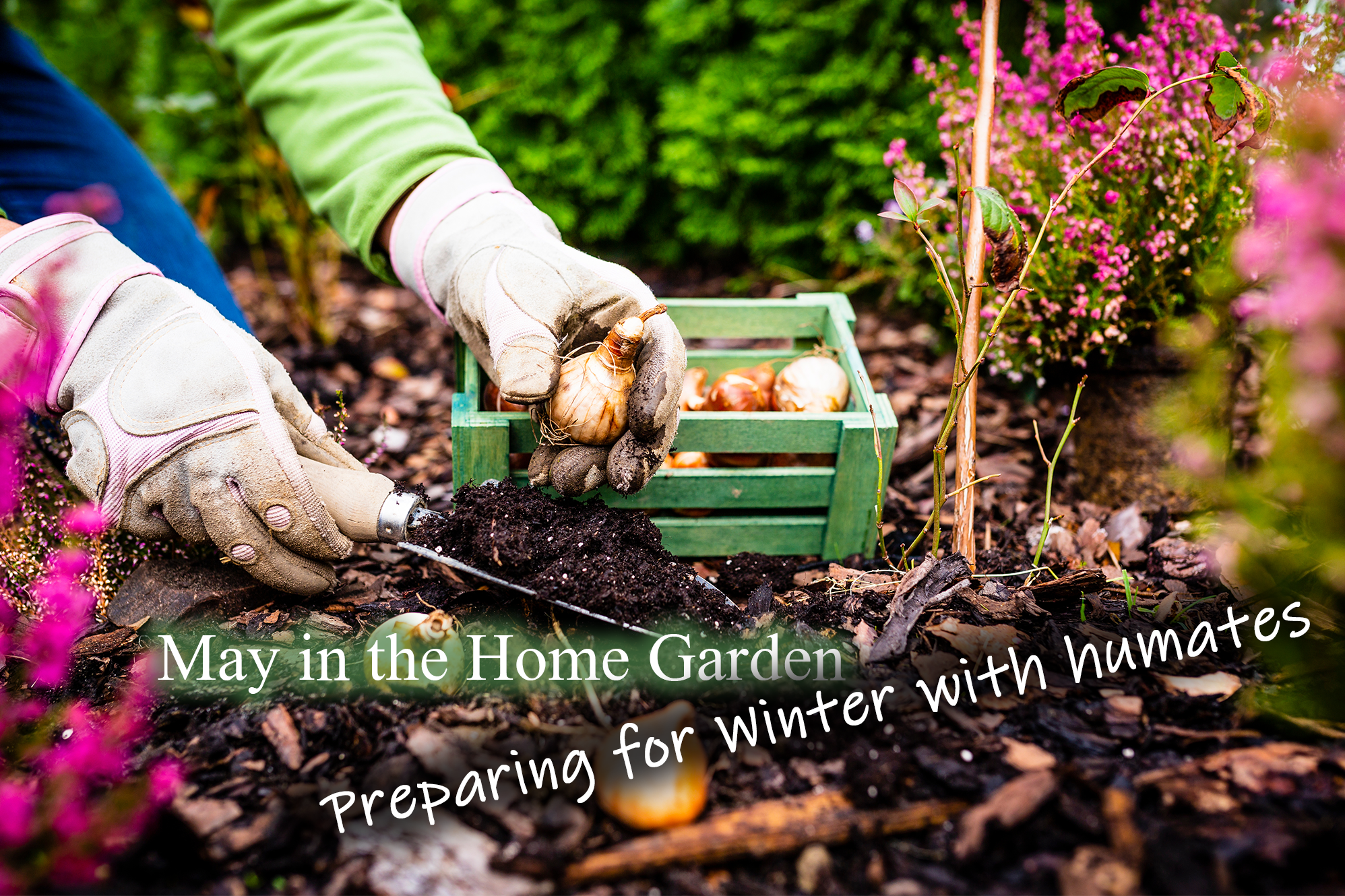In New Zealand, May is a vital transition month for the home gardener. While many think of this time as the end of the growing season, it’s really the perfect moment to focus on soil health—setting the stage for a thriving garden come spring. One of the best tools to support this process? Humates.
Now’s the time to mulch garden beds and feed your soil rather than the plants. Mix humates into compost or apply directly around perennials, trees, or in empty beds ready for winter rest. They enhance the soil’s ability to retain moisture and nutrients—vital for protecting root systems during cold snaps and for boosting spring performance.
If you’re sowing green manure crops like lupins, oats, or mustard, a couple of handfuls of humate per square metre will give them a jump-start. Not only will this improve their vigour, but when turned into the soil later, you’ll be adding rich organic matter already primed with microbial activity.
Humates aren’t just a seasonal fix—they’re a long-term investment in your garden’s vitality. By improving cation exchange capacity (C.E.C) and buffering pH swings, they help create a balanced, fertile environment that benefits every plant, from winter brassicas to spring bulbs.
So, as you tidy up the garden and prepare for the colder months ahead, don’t overlook what’s happening beneath the surface. With a little humate now, you’re nurturing a healthier, more productive garden for the seasons to come.
These crops thrive in the cooler months:
-
-
- Onions – Brown, red, and spring onions can all go in now.
- Shallots – Another excellent long-season bulb to plant this month.
- Broad Beans – Hardy and great for winter growing. They’ll also fix nitrogen into the soil.
- Peas – Snow peas and sugar snap peas are good cool-weather options.
- Spinach & Silverbeet – Plant seedlings or sow direct. These are reliable, nutrient-dense greens.
- Lettuce – Choose winter-hardy varieties like Cos or Buttercrunch.
- Carrots & Beetroot – Sow seed directly; growth will be slower, but they’ll mature nicely over winter.
- Cabbage, Broccoli, Cauliflower – Brassicas love the cold and fewer pests are around. Use netting if white butterflies are still active.
- Garlic – May is the traditional time to plant garlic. Choose good quality seed garlic and plant each clove pointy end up, 5–7cm deep.
-
🌿 Tip of the Month:
Add humates when planting anything new. It boosts root growth, improves nutrient uptake, and supports soil microbes—even in cold soils.
Happy gardening!
